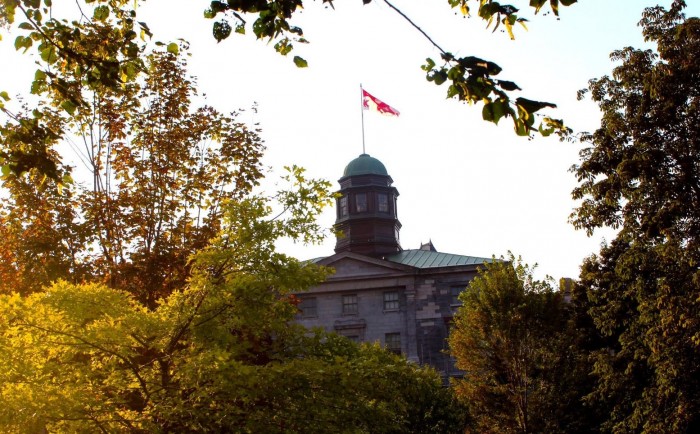Renowned authorities such as the Times Higher Education (THE) and the Centre for World University Rankings (CWUR) have attributed many different rankings to McGill in the past year. With such an onslaught of conflicting figures—sixty-fourth, forty-second, thirty-eighth, thirty-fifth, twenty-fourth—McGill’s position as a leading academic institution is becoming more and more difficult to ascertain, particularly if this decision is based solely on numerical figures.
University ranking systems are often incomplete in nature and rely on perception rather than factual evidence, which contributes to the confusion surrounding McGill’s standing in the academic world. At first glance, rankings seem to indicate a decline in McGill’s quality: The university has dropped from 35th place in 2011 in THE’s World University Rankings to 38th in 2016, and has dropped six places in Quacquarelli Symonds (QS) World University Rankings in the past year alone. However, this numerical picture of a deteriorating institution is not supported by sufficient evidence to be plausible.
Extreme caution should be exercised before jumping to conclusions about McGill’s supposed decline. The ranking data itself is unreliable, as information accessible to the general public cannot be traced back farther than 2011. Furthermore, depending on the institution’s chosen method, scores from one year to the next are not necessarily calculated in the same manner. Consequently, not all rankings published by a given institution are equivalent. THE, for instance, states in its 2016 rankings methodology that “because of changes in underlying data we strongly advise against comparison with previous years.” If ranking methodologies each year are not comparable, then it is virtually impossible to observe a meaningful decline in McGill’s ranking.
Even if McGill’s ranking has fallen in the past five years, this decline is too negligible to credibly be labelled as such. Based on both THE and QS’s figures, McGill remains within the top fifty universities in the world regardless of which ranking one refers to, rendering this decline relatively insignificant on a larger scale. Furthermore, McGill’s global ranking score has progressed from 71.7 to 72.6 since 2011. This suggests that the university’s academic value has increased in absolute terms, making this decline in rankings even less noteworthy.
Many different factors are taken into consideration when ranking institutions calculate a university’s overall score and relative ranking. These factors include faculty-to-student ratio and research influence; however, a large part of this score is determined by public perception of a given university, contributing to the futility of using university rankings. In order to measure a university’s reputation, both scholars and employers are called upon via an invitation-only survey to name up to ten universities which they believe to be the best in the world. This highly subjective evaluation of worth makes up 50 per cent of QS’s World Universities scoring procedure, and 33 per cent of THE’s method.
The emergence of alternative ranking systems further underlines the growing power of perception in determining universities’ ranks. THE’s World Reputation Ranking, for instance, only compiles the opinion of scholars. Therefore, the sizeable role of perception in ranking methods generates rankings that cannot be taken as objective truth. The rankings’ fundamentally biased nature only paints a partial image of McGill’s quality as an academic institution.
The inherent flaws in university ranking systems—including incompleteness, exaggeration, and dependence on perception-based evaluation—lead to the misrepresentation of McGill’s value. Therefore, it is important for current and prospective students to consider non-numerical factors, such as quality of facilities, faculty, campus location, vibrancy of campus life, and successful or notable alumni when evaluating a school’s value. Such factors can offer a much broader depiction of qualitative excellency.







